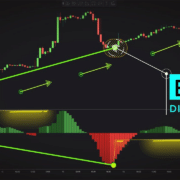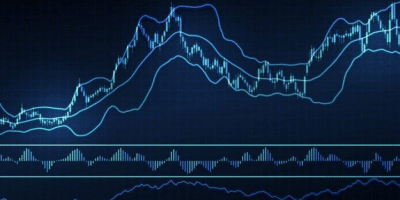When trading foreign exchange, it is essential to size your placements correctly to make the most of your trading resources and decrease your risk. In this post, we will certainly go over the basics of placement sizing and offer some tips on just how you can use it to enhance your trading outcomes. So without more trouble, let’s get started!
What is Position Sizing?
Position sizing is the process of identifying your trade size regarding the number of units of money you will buy or offer. The dimension of your profession will undoubtedly determine your future profit or loss, so it is essential to get it right.
Why is Position Sizing Important?
Position sizing is crucial since it enables you to manage your risk. By running the risk of a small amount of your account on each profession, you can secure on your own from huge losses that might erase your account.
How to Calculate Position Size
There are a few different means to calculate the setting size. However, the most typical technique is to use the risk-reward proportion. This ratio tells you how much you are willing to take the chance to make a particular amount of earnings. For instance, if you have a risk-reward balance of 1:3, you are eager to run the risk of $1 to make $3.
What is the Ideal Position Size?
There is no person-perfect placement dimension that will work for all traders and all scenarios. The ideal setting size will undoubtedly depend upon your danger resistance and trading goals.
How to Manage Risk with Position Sizing
Once you have identified your placement size, several ways can handle your danger. One means is to use stop-loss orders, which will automatically shut your trade at a specific price level if it goes against you. One more means is to utilize tracking stop-losses, which will undoubtedly move your stop-loss order along as the marketplace moves in your support, allowing you to secure revenues as the market moves higher.
What is Leverage?
Leverage is a tool that can be used to raise your buying power in the market. Utilize allows you to trade with more money than you have in your account, which can provide you the capacity to make more enormous profits (yet additionally comes with the danger of more considerable losses).
How Does Leverage Affect Position Sizing?
The quantity of take-advantage you use will undoubtedly influence your placement dimension. For instance, if you are trading with 100:1, take advantage of it; this suggests you can sell $100 for every $1 in your account. This would certainly enable you to take a set size of 10,000 systems of currency, much larger than if you were trading without taking advantage of it.
What Are Some Common Mistakes Traders Make with Position Sizing?
One typical blunder investors make is trading too big or too tiny of a placement size relative to their account size. One more blunder is not using stop-loss orders or not using them correctly. Finally, some investors do not consider their danger resistance when determining their position dimension, leading to them taking on too much risk.
What Are Some Tips for Proper Position Sizing?
Some pointers for proper placement sizing consist of constantly utilizing stop-loss orders and never running the risk of more than 2% of your account on any trade. Furthermore, ensure you consider your risk tolerance when establishing your setting size and constantly stick to your plan once you enter a business.
What is Danger Management?
Risk administration is the procedure of managing your danger out there. This includes setting stop-loss orders and staying clear of trading too much of your account on any profession. Appropriate risk management can help you secure your account and prevent significant losses.
Conclusion
Finally, position sizing is an important device that all traders ought to use to handle their risk in the market. Comprehending how to compute and take your position dimension correctly can improve your results and prevent common mistakes. Thanks for the analysis as well, as we wish this article were practical!
























Comments